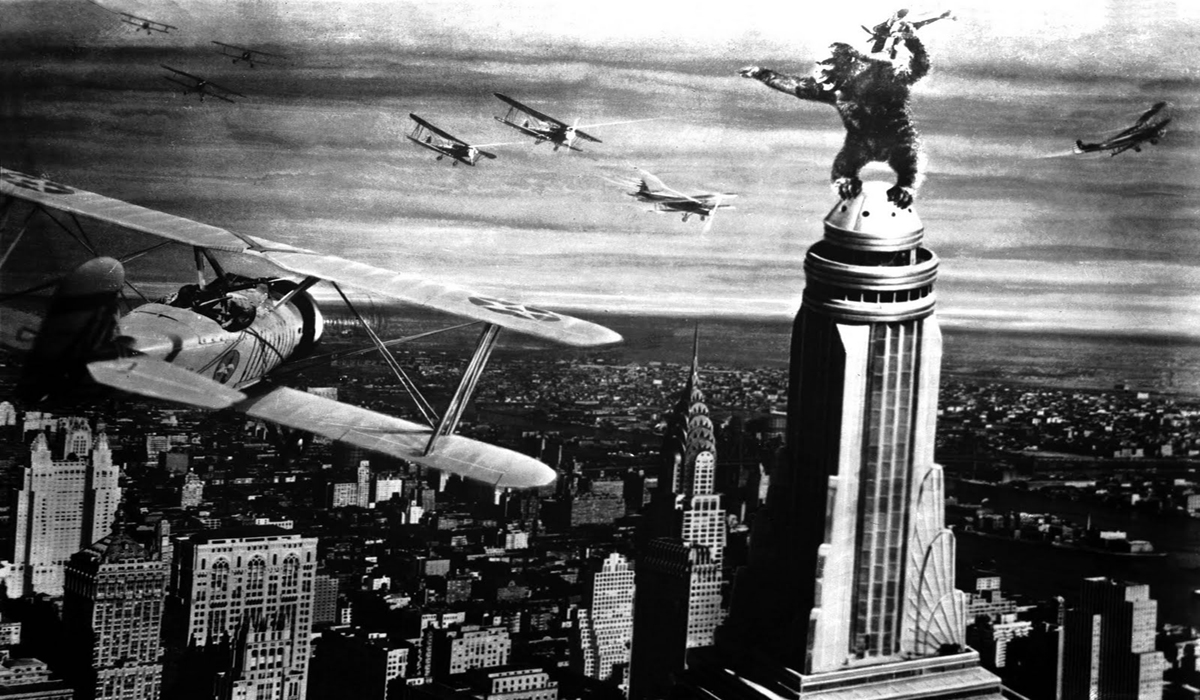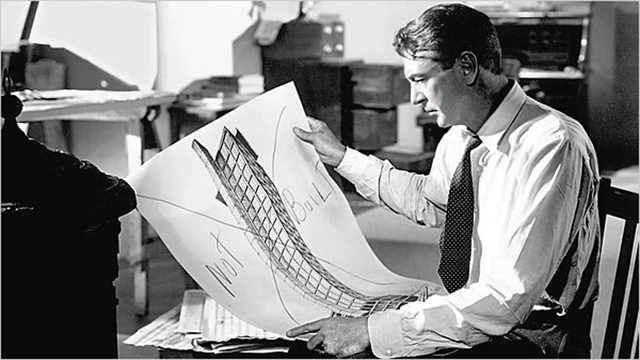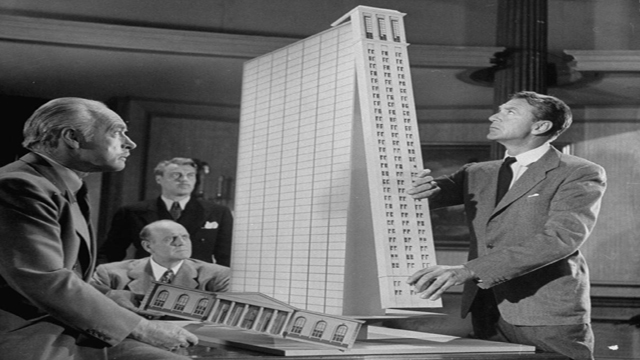Lo sviluppo architettonico e demografico delle principali città americane risale ai primi trent’anni del ventesimo secolo e corre, quindi, parallelo all’evoluzione del cinema hollywoodiano.
Sarà per questo che il colosso di vetro e acciaio è sempre stato nel cinema, soprattutto in quello statunitense, preannunciatore di un ambiente futuristico, innovativo e irreale.
Il grattacielo diventa vero e proprio protagonista della scenografia, luogo fulcro della vicenda del film che, con le sue spettacolari forme, riesce a rafforzare le scene di maggior impeto.
[irp posts=”7084″ name=”La città del futuro costruita dal cinema”]
Raramente il gigante architettonico è simbolo di tranquillità e serenità generale, al contrario comunica pericolo, incertezza, angoscia e non a caso, viene scelto già nel 1927, come protagonista indiscusso per il film Metropolis.
Nel 1933 l’Empire State Building diventa interprete della scena principale del film King Kong, simbolo della lotta fra uomo e natura, in cui la struttura, sovrastata dell’enorme gorilla, trasmette tutta la precarietà di quest’ultimo.
Lo stile Art Decò del Chrysler Building è invece quello più utilizzato nel cinema di fantascienza dove, grazie alle sue linee ornamentali, riesce a congiungere eccessività e mistero. Lo ritroviamo in film come Armageddon, dove la guglia del Chrysler colpita da un meteorite si scaglia verso il suolo, in Godzilla in cui i missili, lanciati per uccidere la bestia, finiscono per distruggere il Chrysler e in I Fantastici 4 e Silver Surfer, dove la torcia umana insegue Silver Surfer fino al Chrysler Building.
E’ nel film La fonte meravigliosa che il grattacielo diviene protagonista assoluto del cinema, insieme al suo progettista, che fa della sua opera la vera star della storia. In questo caso abbiamo una visione positiva di questa tipologia architettonica che rappresenta il carattere visionario e tenace del protagonista, l’architetto Howard Roark. Il regista King Vidor, nel 1949, sceglie di utilizzare forme ancora inconsuete per le città americane dell’epoca: un parallelepipedo di cristallo con poderosi appoggi a terra, che riscontrerà successi per l’inserimento successivo nella città reale.
Anche in Italia i grattacieli del Centro direzionale di Napoli, progettato dall’architetto giapponese Kenzō Tange, sono spesso stati immortalati come raffigurazione di uno scenario ricco di tensione come nel film commedia Il seme della discordia in cui, protagonista una coppia, la moglie riceve la notizia della sua gravidanza contemporaneamente alla scoperta dell’infertilità del marito.
[irp posts=”7637″ name=”L’architetto/scenografo: dalla progettazione alla realizzazione”]
[divider]ENGLISH VERSION[/divider]
The architectural and demographic development of the main American cities goes back to the first thirty years of the twentieth century and it went hand in hand with the development of Hollywood’s cinema.
It is for this reason that the colossus of glass and steel has always been present in movies, especially American ones, which has always preannounced futuristic, innovative and unreal settings. The skyscraper has become the real protagonist of the scenography, being the heart of the story and strengthening the momentum of the scenes with its spectacular shapes.
Such an architectural giant is rarely a symbol of tranquillity and serenity, but on the contrary it communicates danger, anguish and uncertainty, like in 1927 when it had been chosen as the protagonist of the movie Metropolis.
In 1933 the Empire State Building was the focus of the famous scene from King Kong, which represents the symbol of the struggle between man and nature, and where the structure with the enormous gorilla on top transmits the precariousness of the latter. Instead, the Art Deco style of the Chrysler Building is the most utilized in sci-fi movies where, thanks to its decorative shapes, it can manage to join opulence with mystery. We can find this in movies like Armageddon, where the steeple of the Chrysler, hit by a meteorite, plummeted to the ground. In Godzilla, some of the missiles fired against the beast destroyed the Chrysler and in the Fantastic Four: Rise of the Silver Surfer, where there is a scene in which the human torch follows Silver Surfer up to the Chrysler Building.
But it is in The Fountainhead that the skyscraper became the absolute protagonist of the movie scene, along with its designer, who makes its work the real star of the story.
In this case there is a positive vision of this architectural typology, that represents the visionary and determined nature of the protagonist, the architect Howard Roark. In 1949 the director King Vidor chooses unusual shapes for the American cities of those times: a crystal parallelepiped with tremendous supports on the floor, a feature that will see use in the real city as well.
Even in Italy the skyscrapers of the Centro Direzionale of Naples, designed by the Japanese architect Kenzō Tange, have been often immortalized as a representation of a scene full of tension as in the comedy movie The Seed of Discord, with a couple as its protagonist, where just as the wife is informed about her pregnancy, her husband finds out about his infertility.
Traduzione a cura di Clarissa Candellero






